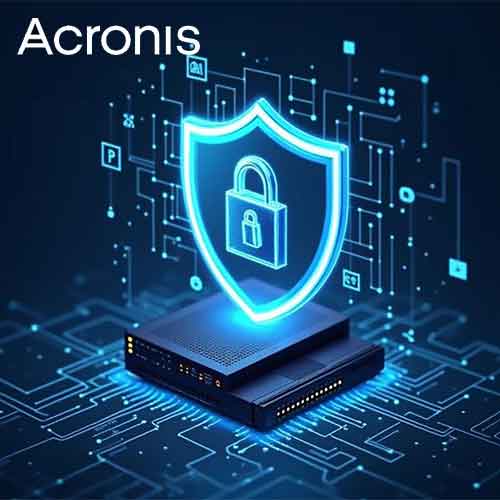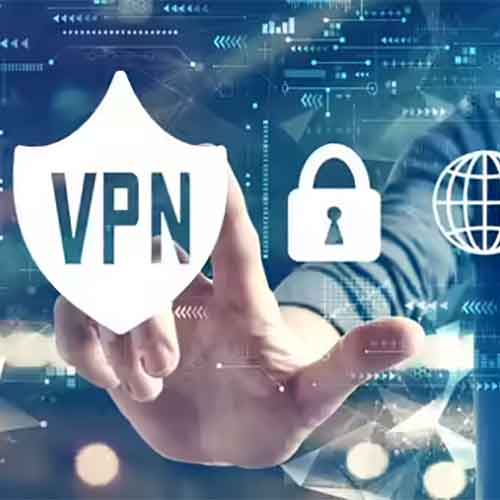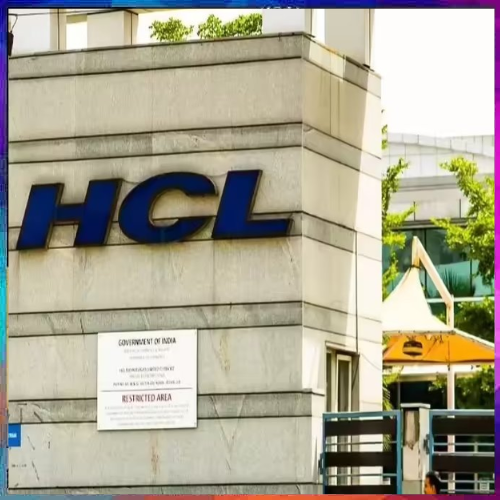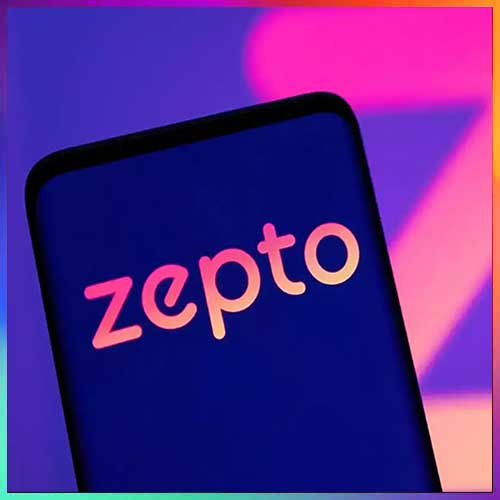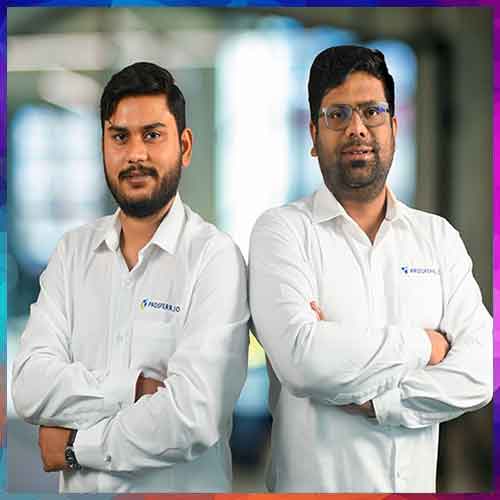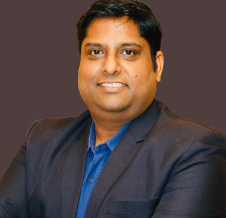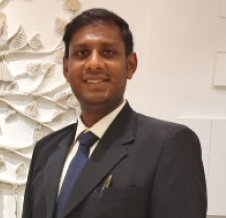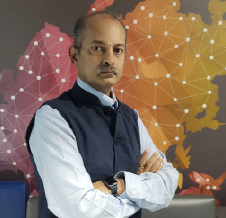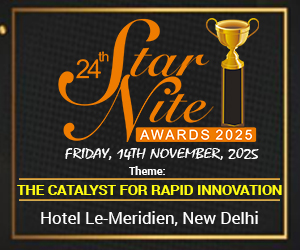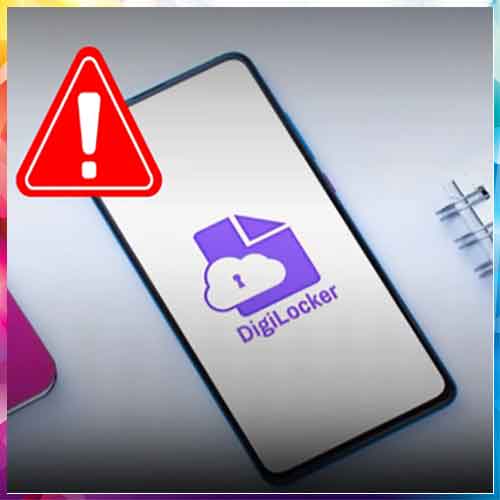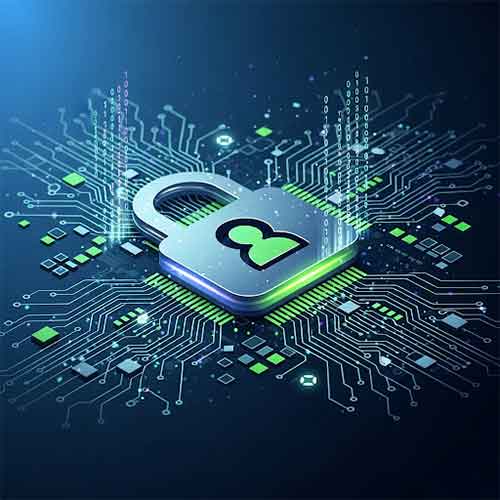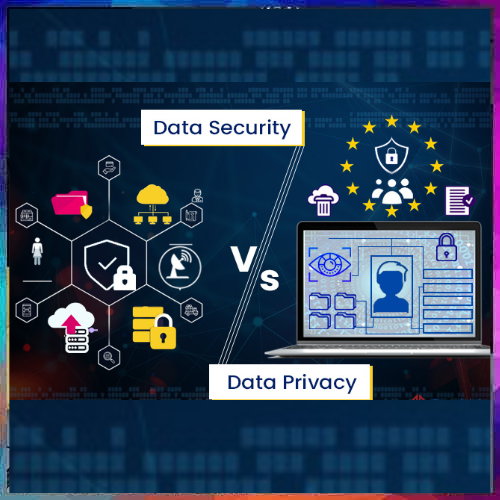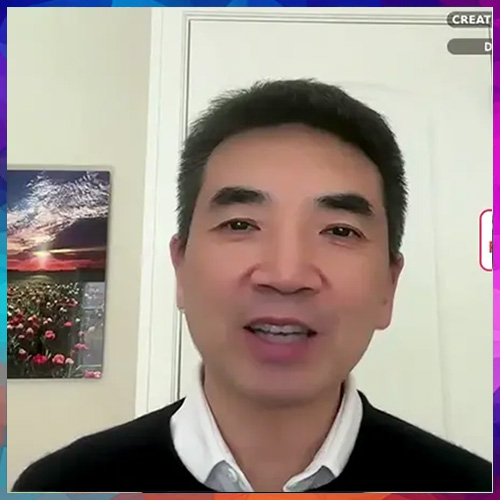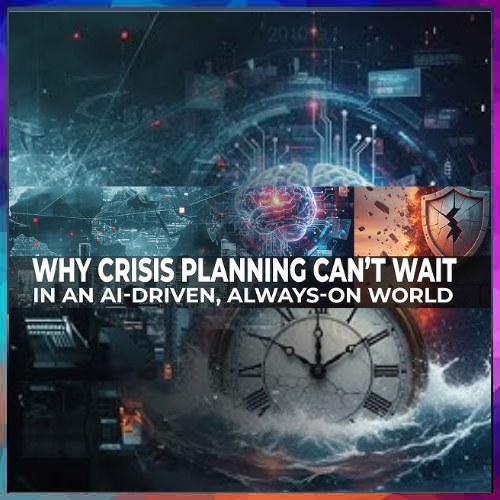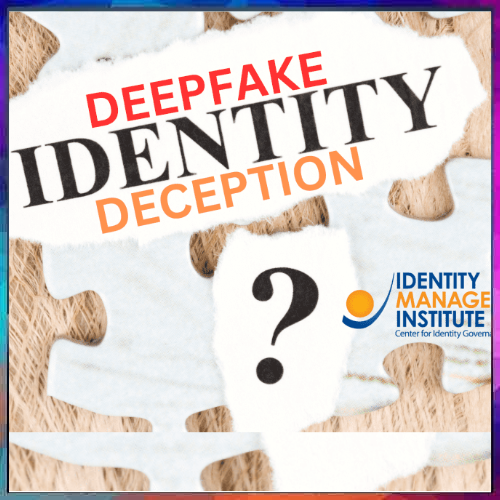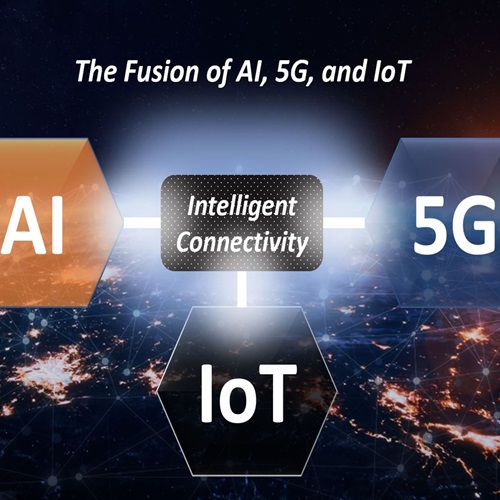
We’re at the cusp of a tech revolution where 5G, AI, and IoT are converging to transform how we live and work. To delve deeper into this transformative journey in the second panel discussion, Ms. S. Mohini Ratna, Editor of VARINDIA, highlighted how 5G’s ultra-low latency, AI’s analytical power, and IoT’s smart device ecosystem are creating a hyper-connected, intelligent world. This synergy is driving innovation, reshaping industries, and enabling personalized, contextual digital experiences—redefining business models and enhancing everyday life for individuals and societies alike. While the scope of 5G, AI, and IoT is vast, the panelists certainly managed to touch on some of its most exciting and impactful dimensions.
 |
|
From L-R: Ms. S. Mohini Ratna, Editor of VARINDIA, Mr. Venkat Patnaik, CEO, Bonsai Enterprises, Mr. Dhananjay Rokde, CISO & Director- iManEdge Services, Dr. Harold D'Costa, President- Cyber Security Corporation, Mr. Deepak Kumar, Global Head - Cyber Defense, Infogain India, Mr. Nabendu Misra, Sr. AI Architech- EY and Mr. Jaspreet Singh (Partner), Clients & Markets Leader - Advisory Services, Grant Thornton Bharat LLP |
DR. HAROLD D'COSTA
PRESIDENT- CYBER SECURITY CORPORATION
He explained how AI is becoming central to both personal and professional decision-making. However, its effectiveness hinges on the quality and authenticity of data—be it supervised, unsupervised, or empirical. The integration of AI with 5G enhances speed, efficiency, and simplifies strategic processes. Yet, challenges remain, particularly from a legal and cybersecurity standpoint. Harold D’Costa emphasizes the need for a robust legal framework to manage risks associated with AI and IoT. He highlights the reluctance of CISOs and CIOs to allow third-party audits due to fear of exposing vulnerabilities. The legal system often lacks clarity on accountability when AI fails, making it crucial to redefine legal responsibilities and ensure a holistic risk mitigation approach.
DHANANJAY ROKDE
CISO & DIRECTOR- IMANEDGE SERVICES
He highlighted how hyperconnected future is driven by 5G, AI, and IoT brings both innovation and unseen risks. These technologies enable real-time microtransactions, automation, and smart infrastructure, enhancing productivity. However, AI’s reliance on the OODA loop—observe, orient, decide, and act—makes it vulnerable to bias, hallucinations, and unpredictability. In high-stakes environments like defense or smart factories, such flaws can result in critical failures. Rokde stressed that zero trust frameworks must be complemented by strong human oversight. While the combined power of 5G, AI, and IoT holds immense promise, we are not yet ready to entrust AI with executive decisions. Responsible, cautious adoption and governance are vital to ensure safe deployment.
JASPREET SINGH (PARTNER)
CLIENTS & MARKETS LEADER - ADVISORY SERVICES, GRANT THORNTON BHARAT LLP
He shared that AI’s growing presence in cybersecurity brings both promise and peril. While AI can enhance threat detection, attackers are often quicker in leveraging it. Organizations now spend more on combating AI-driven attacks than adopting AI itself. Yet, most CISOs lack visibility into how many AI engines operate within their systems. Misuse and overhype of AI have become common, with vague use cases clouding judgment. Investments are shifting from detection to protection and now to response. Weak legal frameworks and the rising risk of deepfakes—like the false Pentagon attack photo—expose glaring vulnerabilities. Without clear regulation, defined AI use cases, and responsible deployment, organizations risk being blindsided in an increasingly AI-driven, hyperconnected world.
VENKAT PATNAIK,
CEO, BONSAI ENTERPRISES
With the rapid rise of 5G, AI, and IoT technologies he raised an important question: are we genuinely ready? While these innovations promise speed, automation, and intelligence, many sectors—especially healthcare, defense, and MSMEs—are yet to see meaningful adoption. AI, in particular, is often used as a buzzword rather than for impactful, decision-making applications. With 5G amplifying speed and connectivity, the potential for security threats also multiplies, especially in the loosely controlled IoT space. The integration of these technologies demands a deeper understanding and strategic deployment, not just excitement. Without it, we risk creating more chaos than progress in critical industries.
MR. NABENDU MISRA,
SR. AI ARCHITECH- EY
He emphasized the need for a tailored tech strategy to unlock the full potential of 5G, AI, and IoT in India. While countries like Singapore and the Philippines are advancing with AI-powered innovations like autonomous vehicles and smart logistics, India lags in realizing its smart city ambitions. Key challenges include inadequate infrastructure, absence of localized use cases, and weak cybersecurity frameworks. Critical threats such as IoT vulnerabilities, poor encryption standards, and fragile IT-OT integration increase risks like espionage, grid outages, and data breaches. To harness next-gen technologies effectively, India must focus on region-specific deployments, strengthen IoT security, and develop adaptive, scalable smart city frameworks that align with local needs and risks.
DEEPAK KUMAR,
GLOBAL HEAD - CYBER DEFENSE AT INFOGAIN INDIA
He described AI in cybersecurity as a double-edged sword— strengthening both defense and attack capabilities. AI-generated phishing emails now mimic human language with alarming accuracy, making detection difficult and increasing credential theft. Even novice users can create malware using AI tools. On the flip side, AI enhances security operations by enabling proactive threat detection, minimizing false alerts, and supporting faster decisions. To build resilient infrastructure, organizations are adopting high- availability systems, geo-segmentation, zero trust models, and micro- segmentation. Regular cyber drills, business continuity testing, and engaging all stakeholders, including third-party vendors, are vital. Cybersecurity today demands a holistic approach—where people, technology, and processes align to defend against evolving threats.
See What’s Next in Tech With the Fast Forward Newsletter
Tweets From @varindiamag
Nothing to see here - yet
When they Tweet, their Tweets will show up here.





